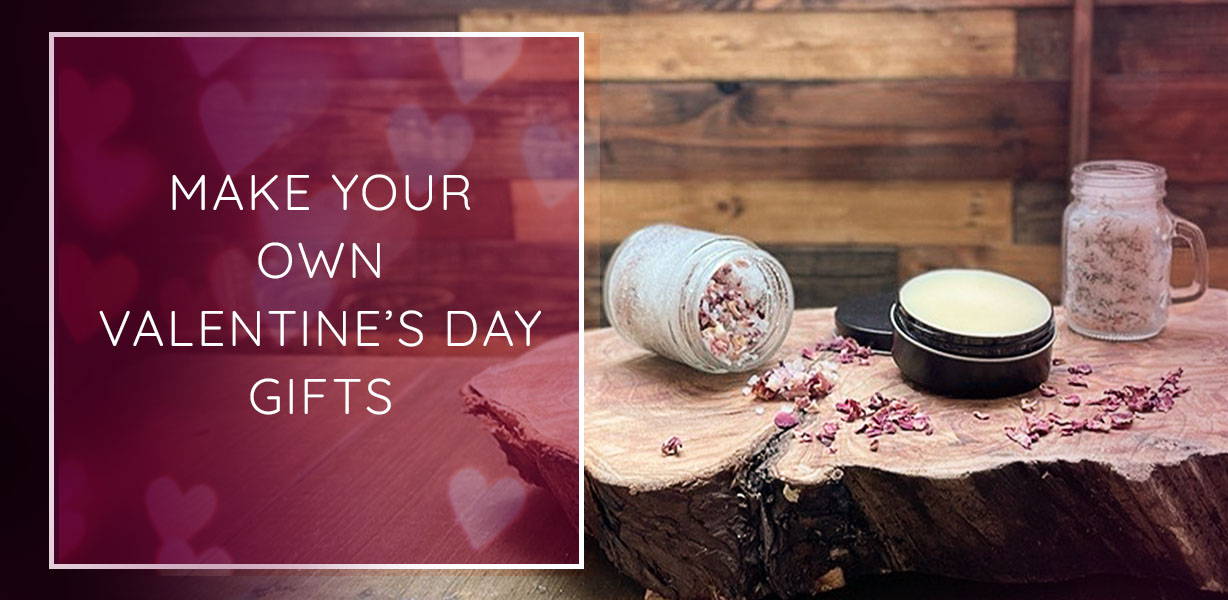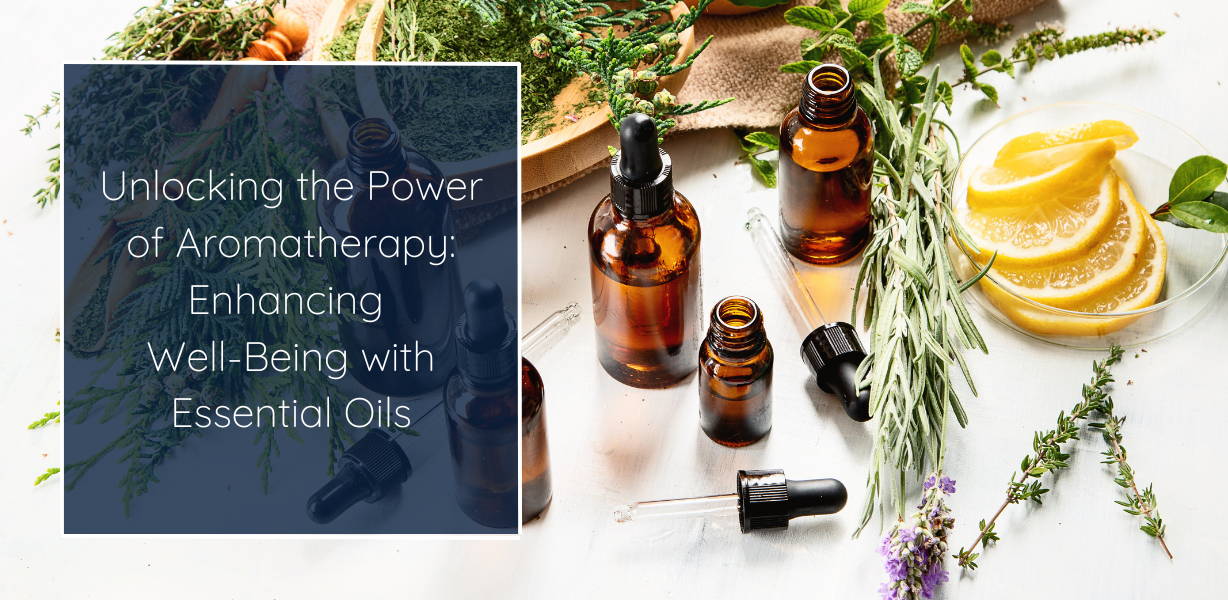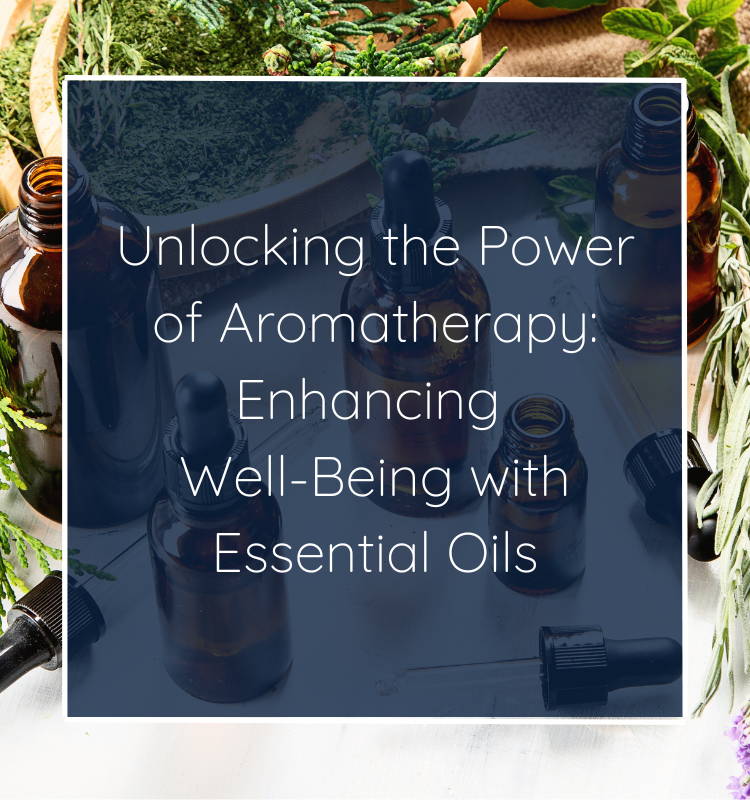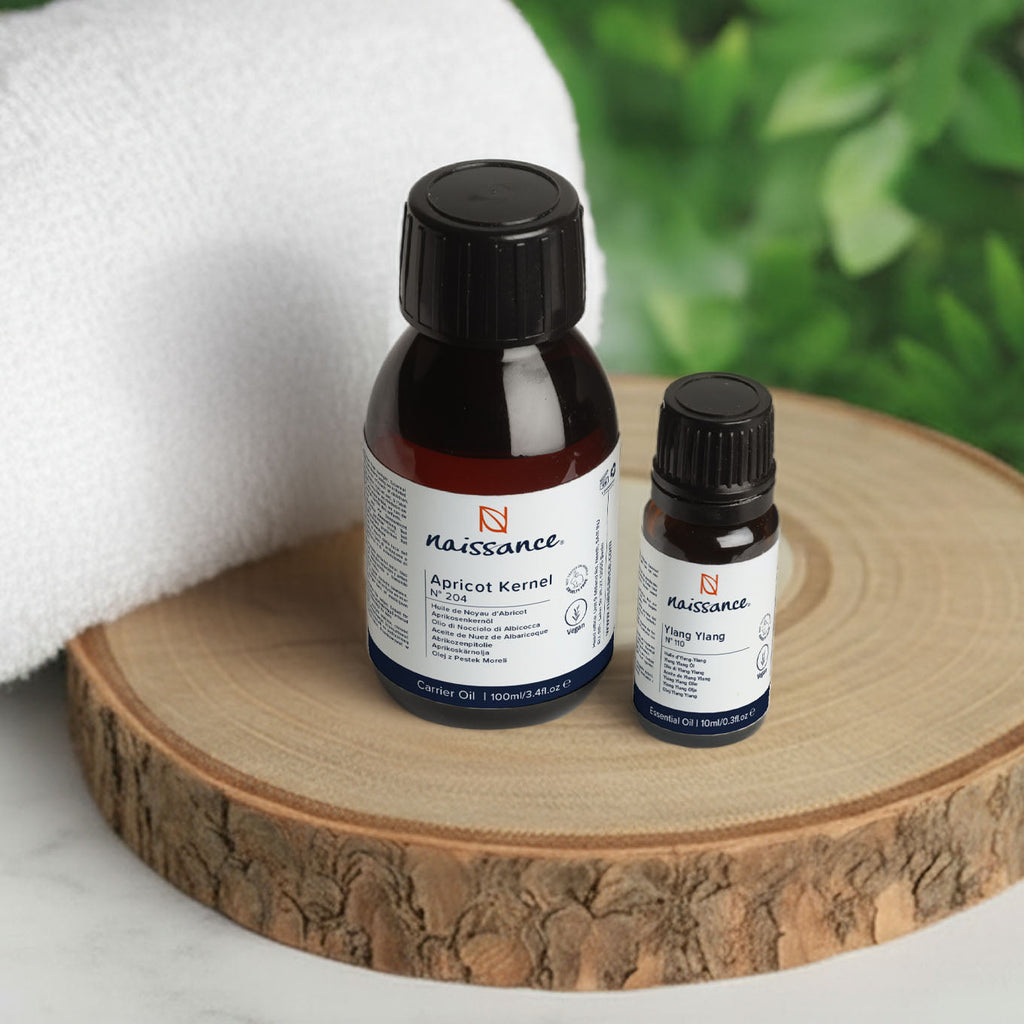Unlocking the Power of Aromatherapy: Enhancing Well-Being with Essential Oils
In today's fast-paced world, finding effective ways to enhance our well-being and promote relaxation has become increasingly important. Aromatherapy, a holistic practice that utilises the power of essential oils, offers a natural and soothing solution. In this blog post, we will explore the world of aromatherapy, discuss its benefits, provide examples of its application, and offer guidance on how to incorporate aromatherapy into your daily life for improved well-being.
What is Aromatherapy?

Aromatherapy is a therapeutic practice that harnesses the aromatic compounds present in essential oils, derived from various plants and botanical sources. These essential oils are highly concentrated extracts obtained through steam distillation or other extraction methods. By using these oils, aromatherapy aims to enhance physical, mental, and emotional well-being.
Defining Aromatherapy:
The best definition of aromatherapy is the controlled use of essential oils to promote health, balance, and well-being. It involves the inhalation or topical application of essential oils to elicit desired physiological and psychological responses, such as relaxation, improve sleep, or mood enhancement.
Benefits of Aromatherapy:

1. Relaxation: Aromatherapy has been proven to induce relaxation, promote a sense of calm and ease tension. The inhalation of calming essential oils promotes a sense of tranquillity, aiding in relaxation and improving sleep quality.
2. Mood Enhancement: Certain essential oils possess uplifting properties that can improve mood, boost energy, and relieve feelings of sadness or melancholy.
3. Ease Discomfort: Aromatherapy can provide natural relief from various physical discomforts, such as headaches, joint and muscle aches.
4. Improved Cognitive Function: Some essential oils have been found to enhance mental clarity, concentration, and memory, promoting overall cognitive function.
5. Immune System Support: Certain essential oils contain components that can support you through mild colds, hayfever and other minor illness, by easing congestion and support respiratory wellness.
Using Aromatherapy for Well-Being:

1. Inhalation: Add a few drops of your chosen essential oil to a diffuser or inhaler. Inhale deeply and enjoy the aroma, allowing it to calm your mind or energise your senses.
2. Topical Application: Dilute essential oils in a carrier oil and apply the mixture to your skin through massage or topical application. This method can promote relaxation, relieve muscle tension, or provide localised pain relief.
3. Bathing: Add a few drops of essential oil diluted in a carrier oil to a warm bath and soak for a rejuvenating experience. The steam and absorption through the skin will enhance relaxation and promote a sense of well-being.
4. Compresses: Soak a cloth in a warm or cool water infused with essential oils and apply it to the affected area to ease discomfort.
Categorising Essential Oils By Benefit:

While essential oils can have multiple effects, they can generally be categorised into the following categories:
1. Relaxing Essential Oils - Lavender, Chamomile, Bergamot, Ylang Ylang
2. Grounding Essential Oils - Vetiver, Patchouli, Cedarwood, Frankincense
3. Energising Essential Oils - Peppermint, Rosemary, Lemon, Eucalyptus
4. Stimulating Essential Oils - Ginger, Black Pepper, Grapefruit, Cinnamon
5. Balancing Essential Oils - Geranium Rose, Clary Sage, Rose, Sandalwood
6. Uplifting Essential Oils - Sweet Orange, Lemon, Bergamot, Jasmine
Remember, these categorisations are not exclusive, and many essential oils can have multiple effects depending on individual preferences and needs.
Categorising Essential Oils By Scent

When exploring the diverse world of essential oils, it can be helpful to understand the different scent families they belong to. Categorising essential oils based on their aroma profiles can guide you in selecting oils that align with your personal preferences or desired therapeutic effects.
Here are some commonly recognised scent families:
1. Floral:
Essential oils in the floral scent family emanate the captivating fragrances of various flowers, offering a sense of beauty and serenity. Examples include Rose, Jasmine, Lavender, Geranium, and Ylang-Ylang.
2. Citrus:
Citrus-scented essential oils have bright, refreshing, and invigorating aromas. They can uplift your mood and provide a burst of energy. Common citrus oils include Lemon, Orange, Grapefruit, Bergamot, and Lime.
3. Spice:
Spice-scented essential oils bring warmth, depth, and a sense of comfort. They often possess invigorating and stimulating qualities. Notable examples include Cinnamon, Clove, Ginger, Nutmeg, and Cardamom.
4. Woody:
Woody essential oils exude a grounding and earthy aroma reminiscent of forests and trees. They provide a sense of stability and can help create a calming atmosphere. Prominent woody oils include Cedarwood, Sandalwood, Pine, Patchouli, and Vetiver.
5. Herby:
Herbaceous essential oils carry the refreshing scents of herbs and green plants. They often promote clarity, focus, and balance. Well-known herby oils include Rosemary, Peppermint, Basil, Clary Sage, and Eucalyptus.
6. Minty:
Minty essential oils offer a cooling and invigorating sensation. They are known for their refreshing and energising properties. Popular minty oils include Peppermint, Spearmint, and Wintergreen.
7. Resinous:
Resinous essential oils emit deep, rich, and resinous aromas. They are often used for grounding, meditative, and spiritual practices. Prominent resinous oils include Frankincense, Myrrh and Benzoin.
8. Earthy:
Earthy essential oils have a grounding effect and evoke the scents of soil, roots, and nature. They are often used to promote stability and a sense of connection to the earth. Examples include Patchouli, Vetiver, Cypress, and Vetiver.
9. Herbal: Herbal essential oils encompass a wide range of scents derived from various herbs. They can offer both calming and invigorating effects, depending on the specific herb. Examples include Chamomile, Sage, Thyme, Marjoram, and Oregano.
Remember that these categorisations are not definitive, as some essential oils may belong to multiple scent families or possess unique aroma profiles. It's always beneficial to explore and experiment with different oils to find the scents that resonate with you and align with your desired outcomes in aromatherapy.
Essential Oil Safety:
Essential oils are powerful, concentrated aromatics, that must be safely diluted before topical application. The recommended usage is 1%, so for example 1ml of essential oil to 99ml of a carrier oil.
Remember, essential oils affect individuals differently, so it's essential to perform a patch test before topical application and consult with a qualified aromatherapist or healthcare professional if you have any concerns.
Disclaimer: The information provided in this article is not a substitute for professional medical advice. Please consult with a healthcare professional or aromatherapist before using essential oils for any health condition.








